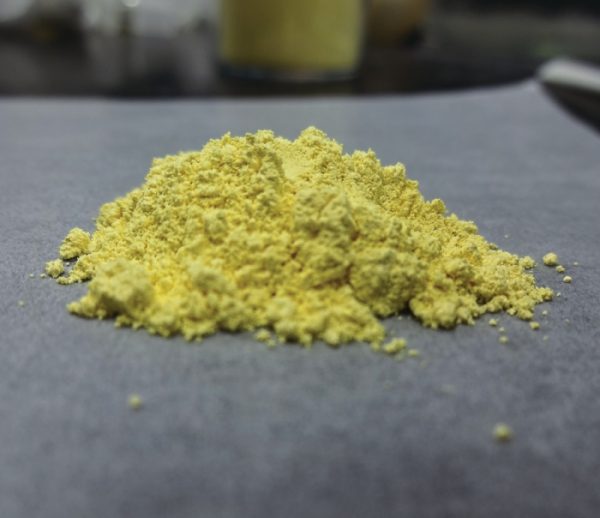Current sulfur recovery methods mainly include wet and dry methods. Wet methods include Lurgi’s low and high temperature condensation process, Topsoe’s WSA process, etc. Dry methods include traditional Claus process, sub-dew point Claus process, reduction absorption process, direct oxidation Claus process, oxygen-enriched Claus process, and oxidation absorption Claus process.
Dry desulfurization
(1) Conventional Claus method
The Claus process is a relatively mature multi-unit treatment technology and is currently the most widely used sulfur recovery process.
The process is as follows: acidic gas containing hydrogen sulfide is burned in a Claus furnace, so that part of the hydrogen sulfide is oxidized into sulfur dioxide, and then the sulfur dioxide reacts with the remaining unreacted hydrogen sulfide on the catalyst to generate sulfur.
The characteristics of the traditional Claus method are:
Control n(O2):n(H2S)=1:2. If the oxygen content is too high, SO2 will overflow; if the oxygen content is too low, the H2S removal efficiency will be reduced;
A mist eliminator needs to be installed to remove sulfur from the gas stream to increase sulfur recovery;
The total sulfur recovery rate of the Claus process is 94%-96%;
The Claus method should not be used for gases containing flammable components such as coal gas, or when the sulfur mass fraction is less than 40%.
(2) Sub-dew point Claus process
The so-called sub-dew point process is a process whose main feature is the Claus reaction at a temperature lower than the sulfur dew point. Mainly including Sulfreen, Hydrosulfreen, Carbonsulfreen, Oxysulfreen, CBA, ULTRA, MCRC, Clauspol 1500, Clauspol 300, Clisulf SDP, ER Claus, Maxisulf and other processes.
(3) Reduction and absorption process
The reduction and absorption process converts organic sulfur and SO2 into H2S for absorption, so the total sulfur recovery rate can reach more than 99.5%. There are mainly SCOT, Super-SCOT, LS-SCOT, BSR/Amine, BSR/WetOxidation, Resulf, AGE/Dual Solve, HCR, Parsons/BOC Recycle, Sulfcycle and ELSE processes.
(4) Direct oxidation process
Direct oxidation refers to the direct oxidation of H2S to sulfur on a solid catalyst. It is actually a new development of the Claus prototype process. The key to the direct oxidation process technology is to develop a highly active catalyst with good selectivity and insensitivity to H2O and excess O2. It is currently prepared with different mixtures of iron-based metal oxides. Selective catalytic oxidation sulfur recovery technologies mainly include: Seleclox, BSR/Selectox, BSR/Hi-Activity clause, MODOP, Superclaus, Catasulf and ClinsulfDO and other processes.
Take the Superclaus process as an example for a brief introduction. There are 2 types of Super Claus craft: Super Claus-99 type and Super Claus-99.5 type. The gas does not need to be dehydrated in the Super Claus process. During selective oxidation, excess oxygen can be added without significant impact on selectivity. The process method is simple and easy to operate. The process is continuous without periodic switching, the sulfur recovery rate is high, investment is saved, energy consumption and raw material costs are low, and the application scale is not limited and the scope of use is wide.
(5) Oxygen-enriched Claus process
Using oxygen-enriched air or even pure oxygen instead of air in the Kress device can correspondingly reduce the amount of the inert component N2, thereby improving the processing capacity of the device. The oxygen-enriched Claus processes that have been industrialized include COPE, SuRe and Oxyclaus; in order to solve the problem of operating costs, PS Claus, which uses pressure swing adsorption to supply oxygen, appeared; in order to solve the problem of furnace temperature, the NOTICE process was produced.
(6) Oxidation absorption process
This type of process oxidizes the sulfur in the exhaust gas into SO2, which is then reused after absorption and desorption. It is rarely used in the Claus process. Such processes mainly include Wellmawn-Lord, Elsorb and Cominco de Sox processes.

